The meagre remains – mostly a broken pedestal and three laterite blocks – of Ku Ban Ton (กู่บ้านโต้น) are displayed in a small garden in front of the ubosot at Wat Si Pimon on the north side of the village that the Khmer ruin was named after. The actual site is out in the rice paddies a bit northwest of Wat Si Pimon, but the abbot told us there is nothing there now, and we didn’t go check it out.
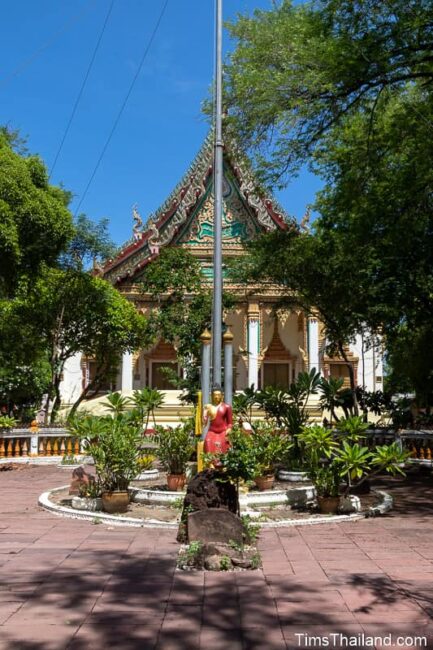
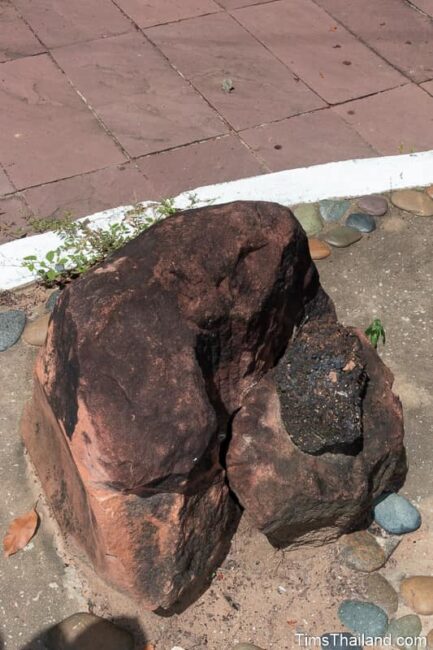
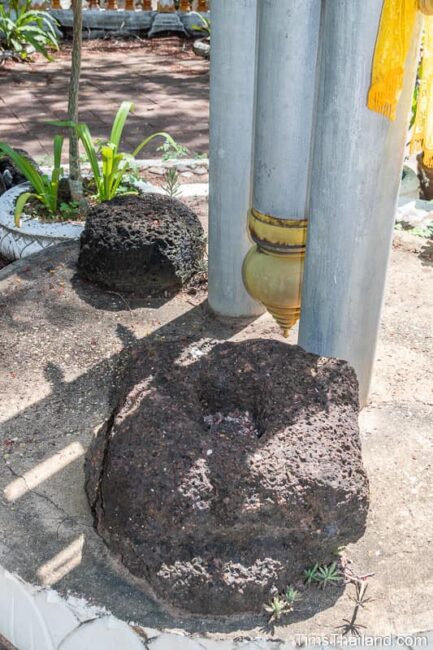
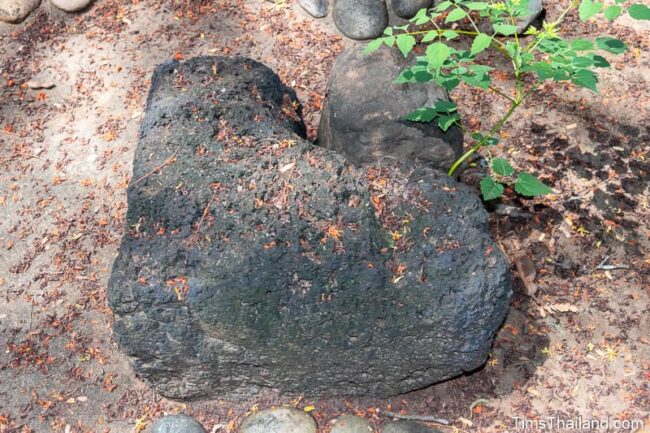
There are also about a dozen bai sema on display here. Some came from the site of Ku Ban Ton, so it’s known to have been a Dvaravati settlement before the Khmer came, and some were found elsewhere around the village.
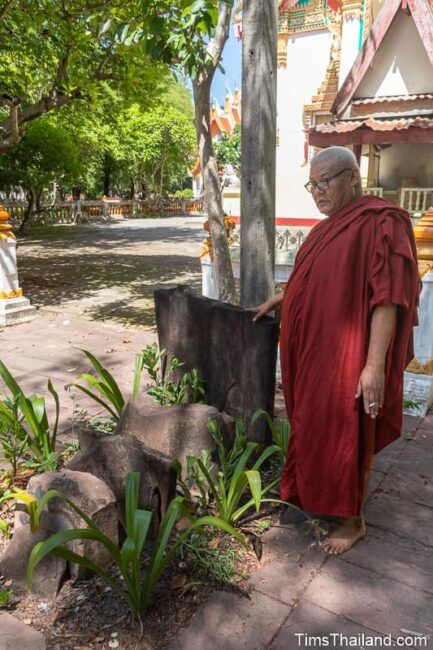
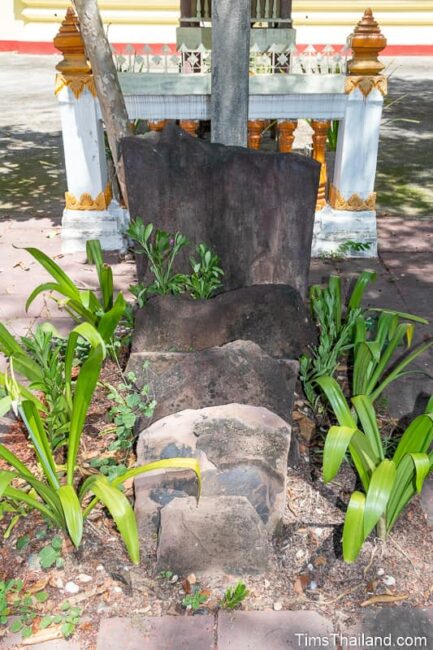
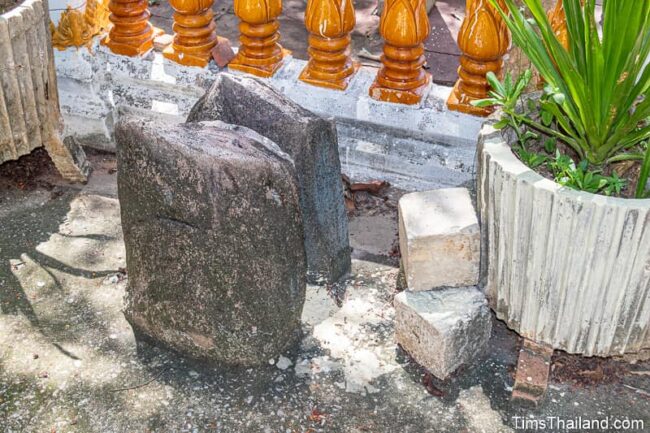
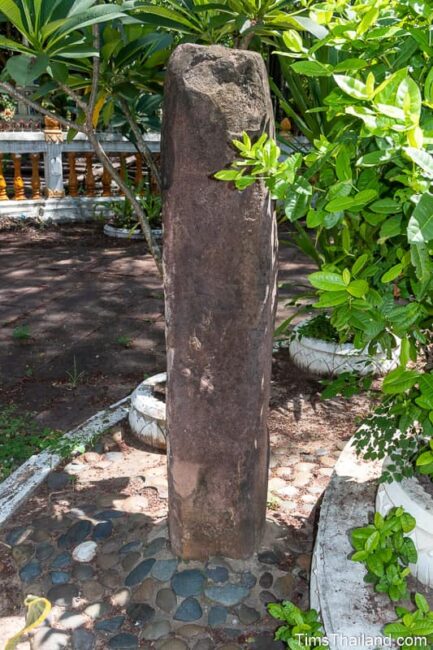
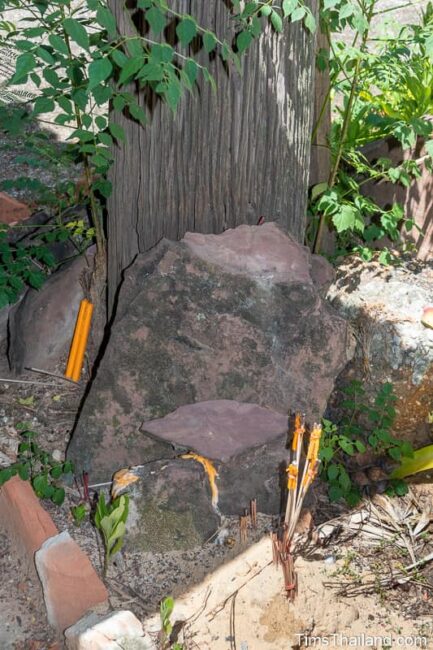
Location – Wat Si Pimon, Ban Ton, Tambon Ban Ton, Amphoe Phra Yuen, Khon Kaen Province